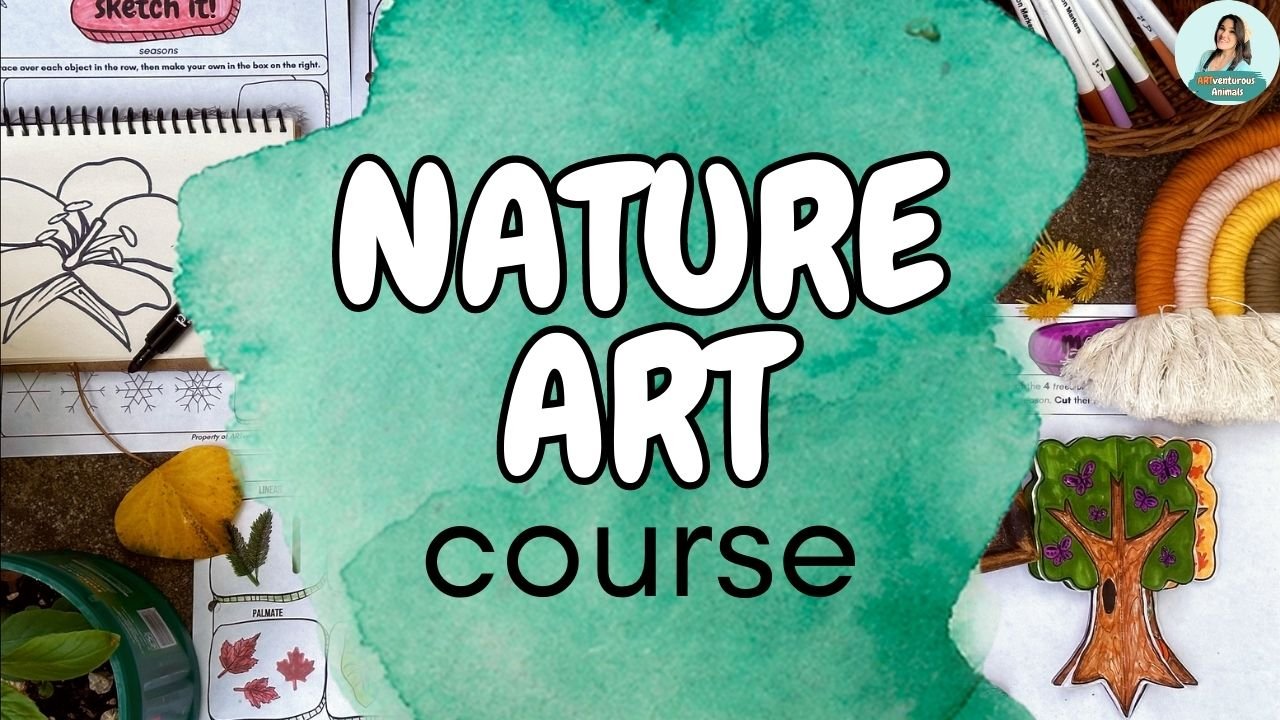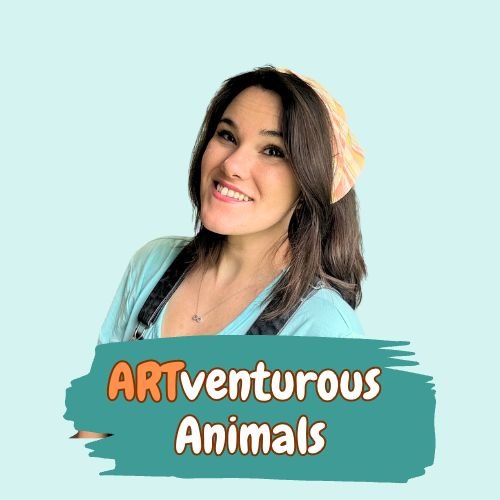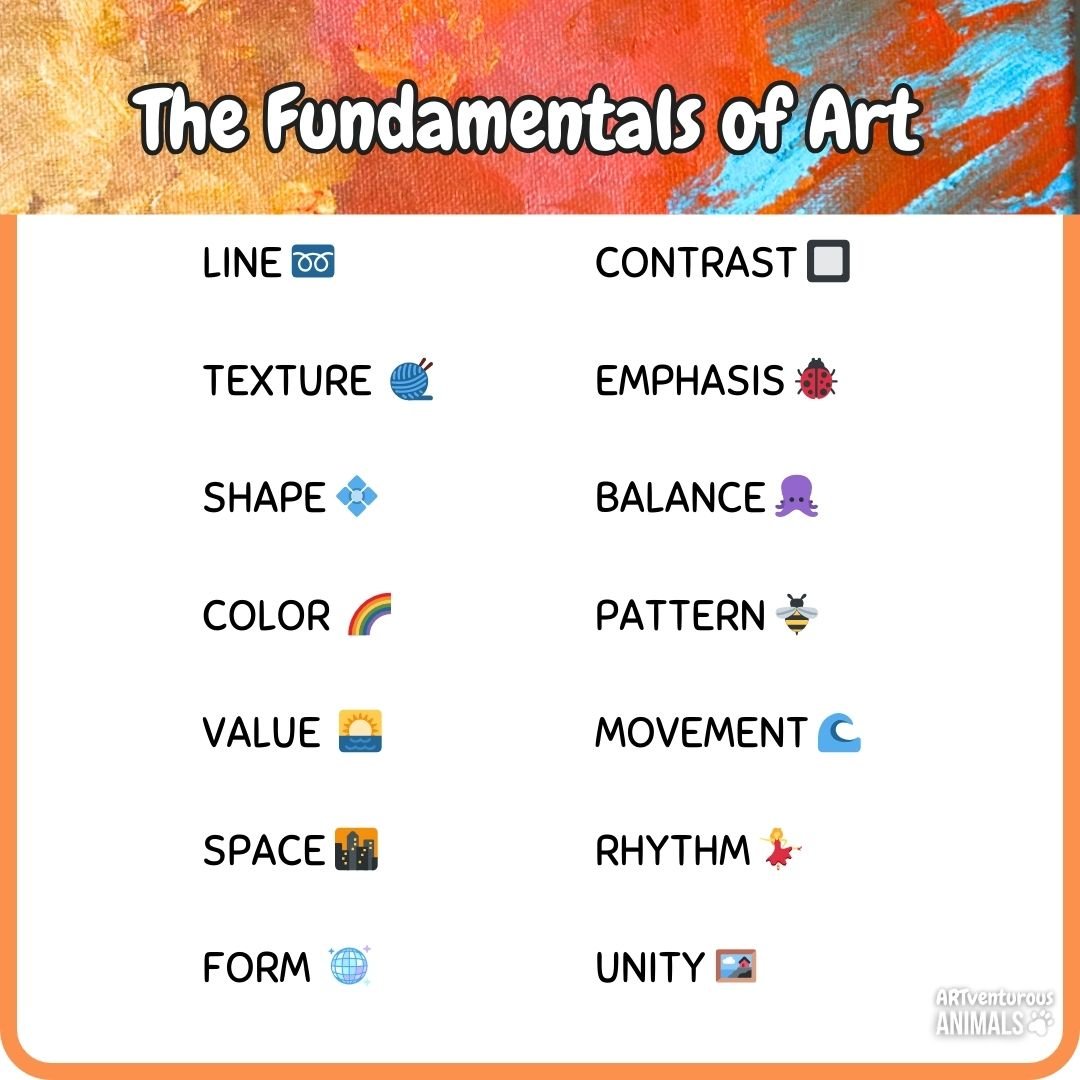How to Teach Art: The Element of Texture
Welcome to the ARTventurous Academy!
I want to teach you how to teach your kids or students all about the fundamentals of art, but with a bit of nature and adventure.
Today’s lesson: the element of texture
LESSON 2
Have we met yet?
Hey there! I’m Abbey Allen—art teacher, elementary teacher, online educator, and artist. I’m also a mom of two and was homeschooled.
I believe kids learn best when they’re engaged, curious, and excited. That’s why I design art projects that take them beyond the page—into nature, into the animal kingdom, and into the world around them.
Let’s dive into this free art lesson!
Share this if you find it helpful 🎨
The Fundamentals of Art—and Why You Should Care
If you’re coming here from the Element of Line lesson, scroll past this.
As a kid, I was mostly self-taught when it came to drawing, sketching, and painting. Of all the different art topics, the ones I hated the most we’re honestly the ones all about the elements of art. It’s so funny because I love teaching elements of art now! That’s because I figured out ways to incorporate the elements of art into topics that kids actually love.
The basic fundamentals of art can be divided into the elements of art and the principles of design.
Some people have different definitions of a couple of these and some of them overlap, but I’m just gonna give you seven elements of art and seven principles of design.
These are the 14 that I based all of my classes and resources off of.
Elements of Art:
1) line ➿
2) texture 🧶
3) shape 💠
4) color 🌈
5) value 🌅
6) space 🌆
7) form 🪩
Principles of Design:
1) contrast 🔲
2) emphasis 🐞
3) balance 🐙
4) pattern 🐝
5) movement 🌊
6) rhythm 💃
7) unity 🖼️
These fundamentals of art are the basis behind all works of art.
How to Teach the Element of Texture
1) Play with texture.
Play is the best way to introduce a new concept to kids in my opinion.
Set up a bin, box, or table full of items with various textures. You’ll want to grab a variety of items with contrasting textures.
Here’s the list of items for the tray I made:
🧶 hard — shells, wooden stars, rock
🧶 soft — felt balls, twine
🧶 rough — shells, rock
🧶 smooth — leaf, shells
🧶 sharp — wooden stars, rock, shells
🧶 fuzzy — felt balls
🧶 bumpy — shells, shells
🧶 squishy — playdough
So I guess I really like using shells! I always keep a stash of them for stuff like this.
Prompt your kids or students to start thinking about the textures they see and feel.
Do these items feel the same?
What about these 2 items is different?
Which one is your favorite to play with?
How would you describe how it feels?
Let kids touch and play with items before continuing on. Keep using the word “texture” continuously since it may be a new word for your kids or students.
2) Explain the element of texture.
This is how I explain texture in my art journals:
“Texture is what objects feel like.
In art, you can use texture to make your drawings look real and touchable.”
That’s it! This part doesn’t have to be fancy.
3) Go on an ARTventure.
Now your kids or students will be ready to search for textures around them, so get them outside! Nature is the best place to start.
Go outside and hunt for different types of textures using the Texture Hunt.
Read in more detail on how to do this by clicking below.
4) Observe how artists use textures in artwork.
This is the most important connection point! If your kids or students can see how textures are used in art, they’ll be able to replicate it.
Flip through these slides to see artwork I’ve used as examples in my classes. I’ve also included prompts for you to use!
5) Make your own!
At this point, your kids will be ready to make their own artwork. There are 2 ways you can go about this:
PROCESS ART: Grab art supplies and let your kids create without instructions! You’ll be amazed to see how all the information they’ve learned about the element of texture spills out in their artwork.
PRODUCT ART: If your kids or students are looking for more structure, try out a the activities in my Nature Art Journal! The second unit is alllll about the element of texture.
Not sure what process art is? I’ve got a few blogs explaining it!
DONE-FOR-YOU TEXTURE RESOURCES
1) Free — Easy Texture Art Activity. Watch the tutorial!
2) $ — Grab this print-and-go art journal! Kids learn about the element of texture independently with hedgehogs in Europe.
3) $$ — 6 lesson Element of Texture Class. Check it out.
4) $$$ — Nature Art Course. Start your free trial now!




Leave a 🎨 or the word ART in the comments so I know you’ve been here 😆
Happy ARTventuring!









